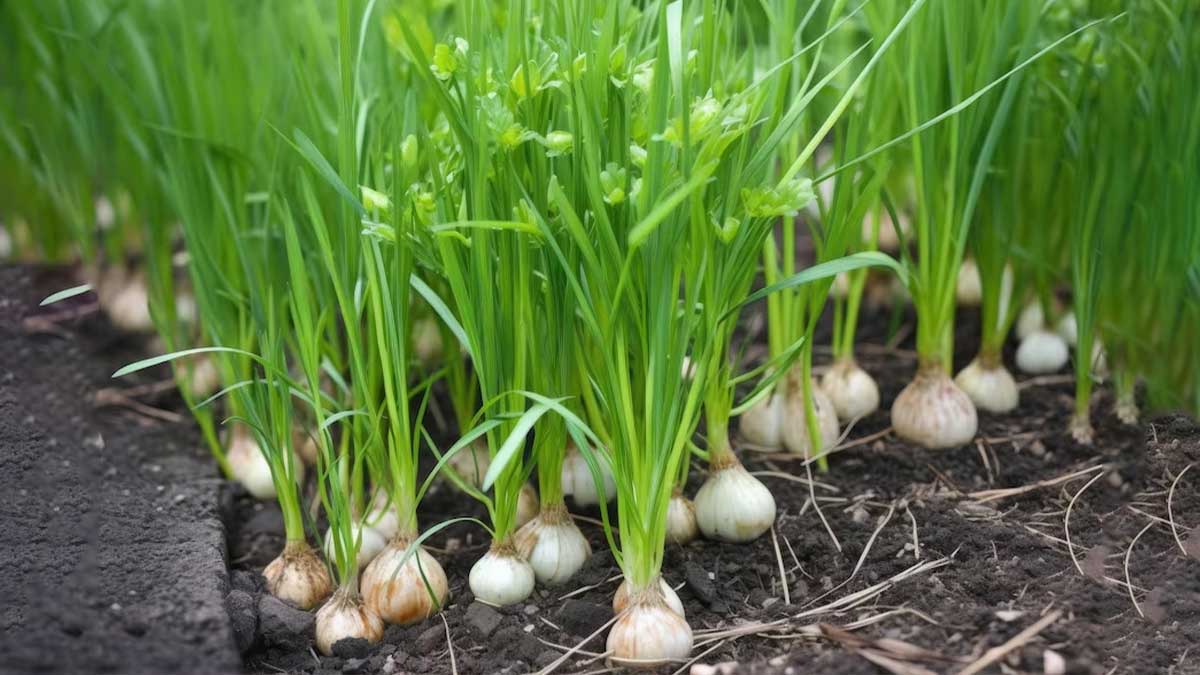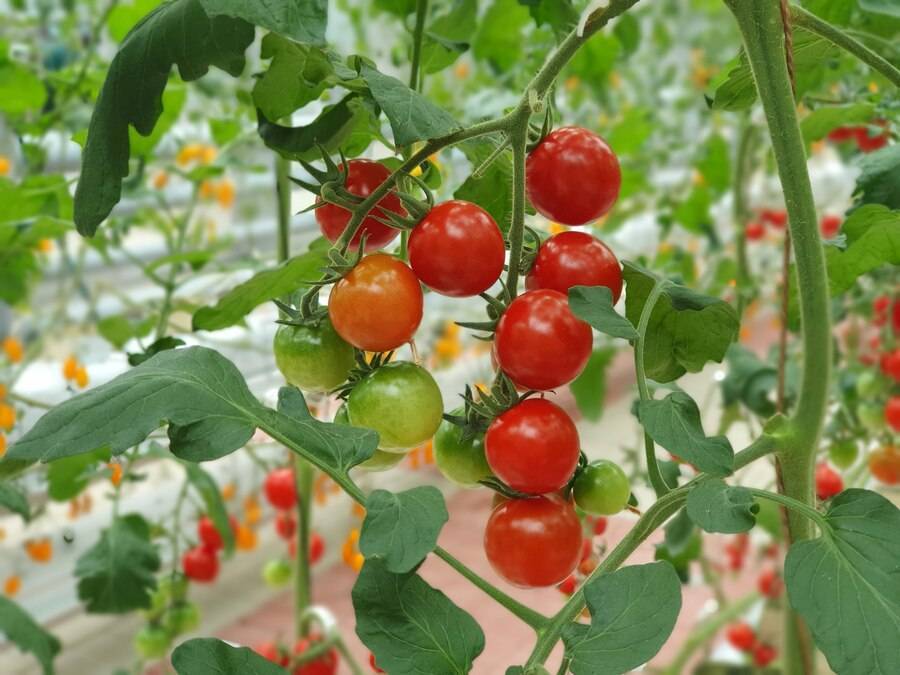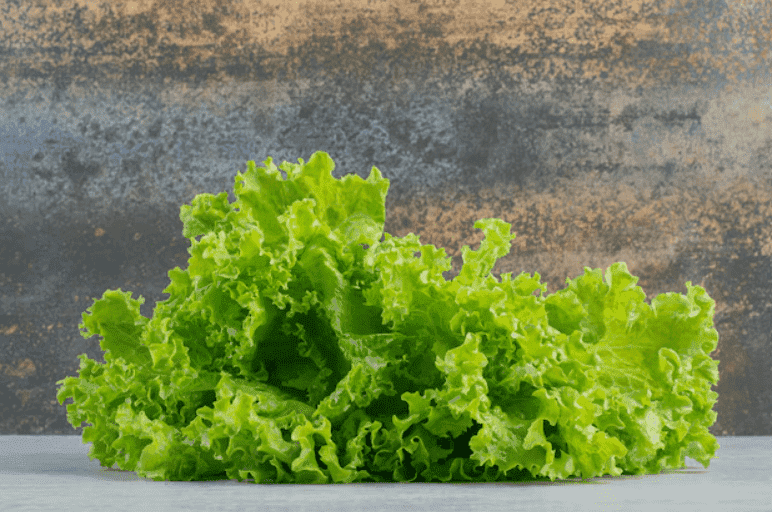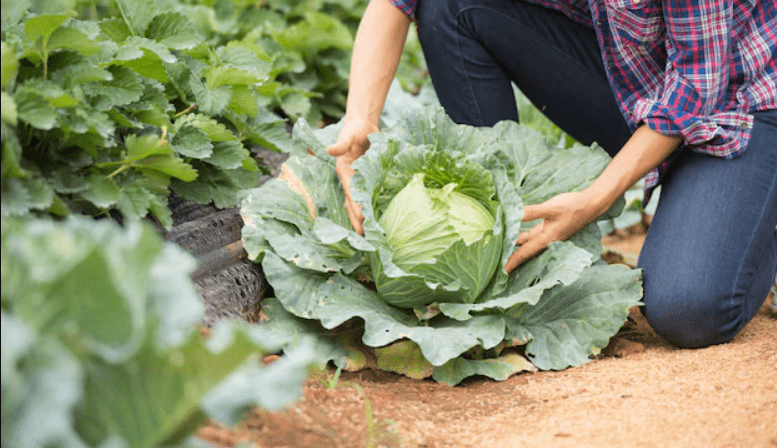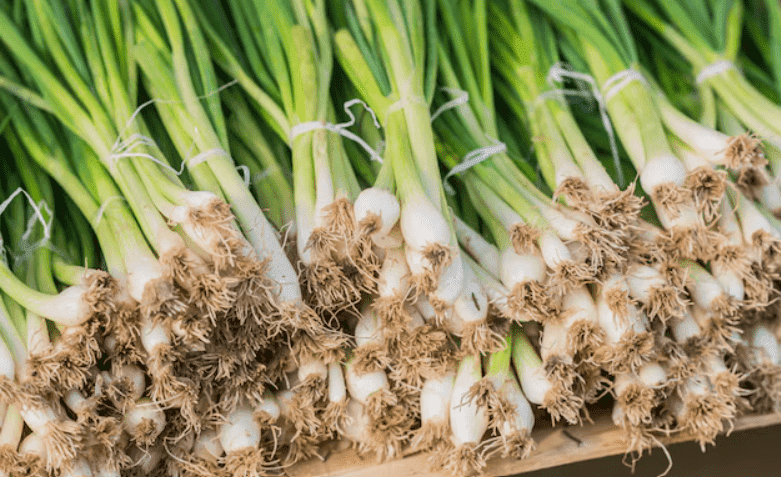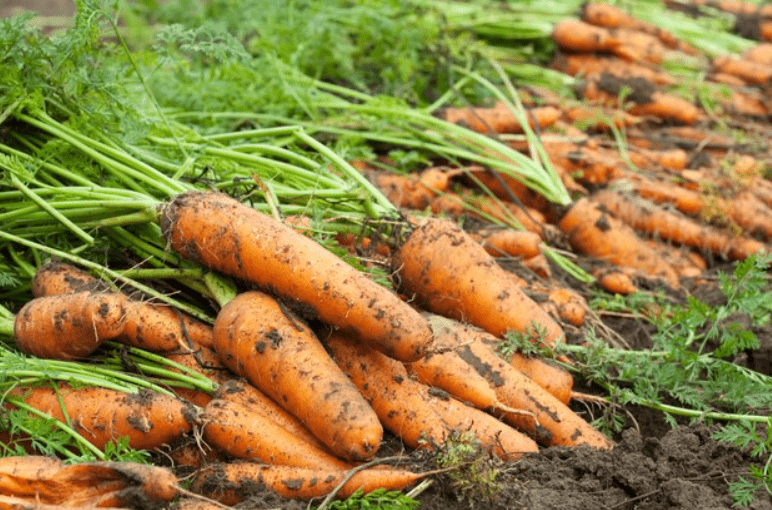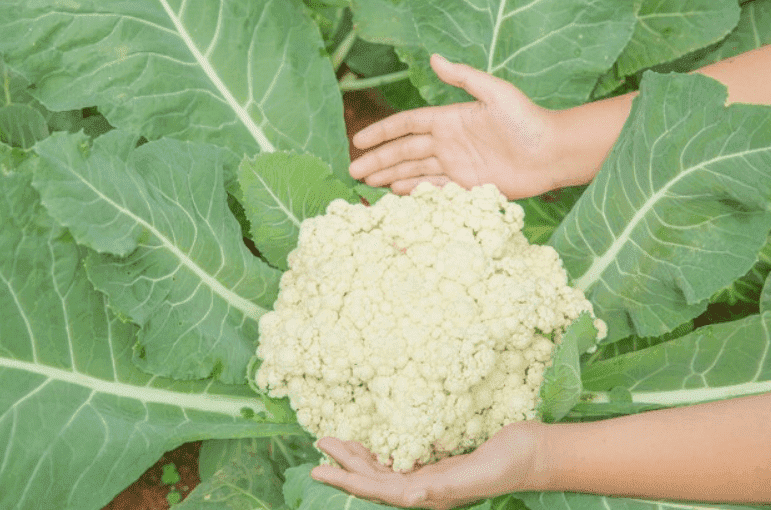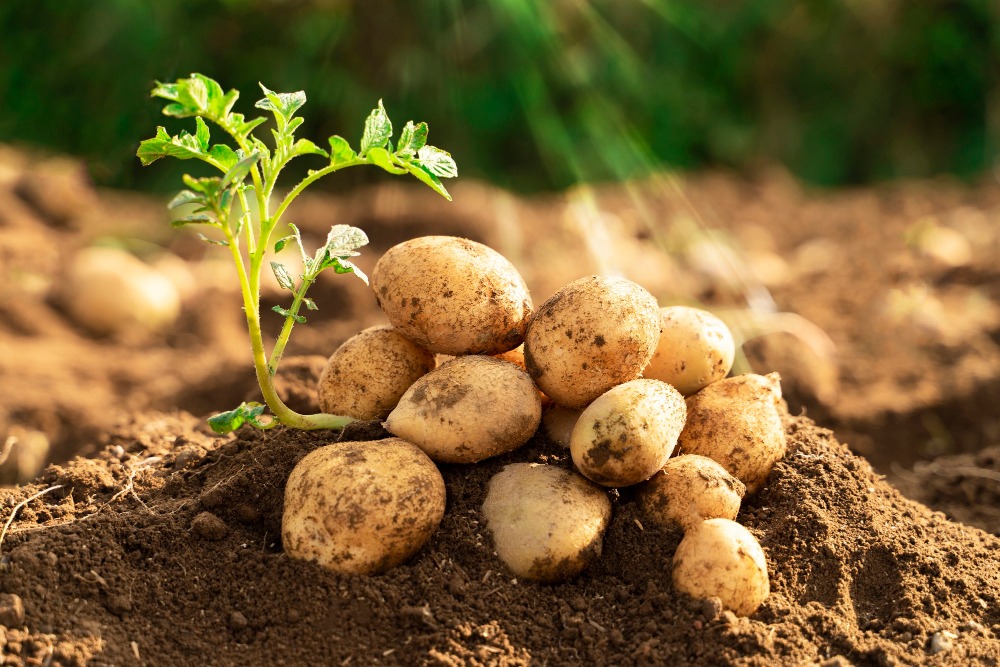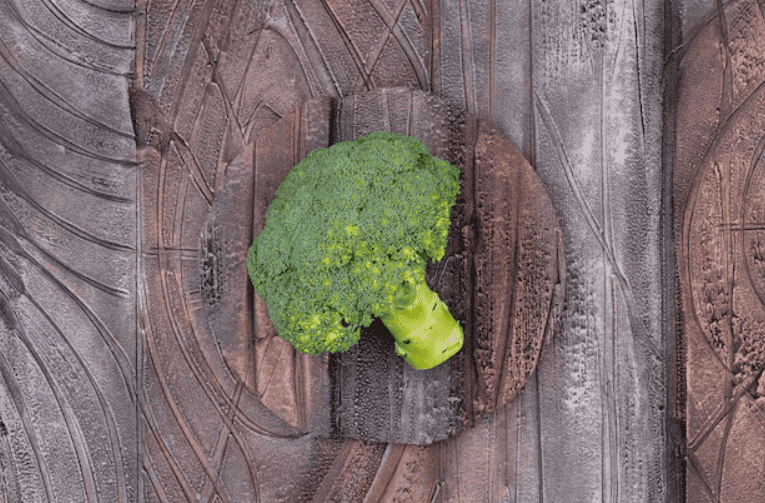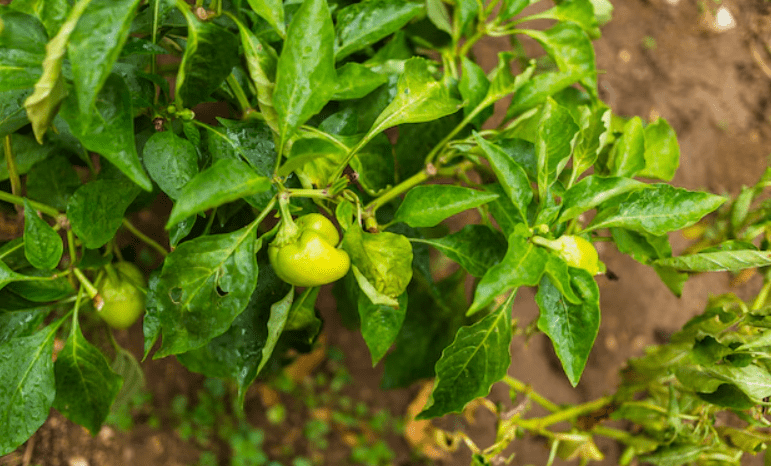Spring onions, also known as Scallions, are simple and fast to cultivate. They are an excellent addition to salads and stir-fries.
They require minimal space and only a shallow layer of soil, making them ideal for container gardening or small areas. Some types can even grow throughout the winter, offering an extended harvesting period.
Table of Contents
ToggleVarieties of Spring Onions
Growing spring onions from seed opens up a wide selection of varieties. Here are some well-known options to consider:
‘White Lisbon’ – This fast-growing variety is perfect for repeated sowing throughout summer. If sown in September, it can continue producing into the winter months.
‘Apache’ – Recognized by its purple skin, this variety offers a mild taste and a crunchy bite.
‘Feast’ – Known for its strong growth, it handles heat and downy mildew well. It’s also ideal for staggered sowing, allowing for continuous harvests throughout the summer.
Best Time to Plant Spring Onions
When learning how to grow spring onion, timing is the key. For a steady home supply, you can plant spring onions at any time of the year. Since they grow quickly, you don’t have to wait long to start using your freshly harvested herbs and garnishes.
Planting Spring Onions
Spring onions are simple and easy to grow from seed. They thrive in fertile, well-draining soil with ample sunlight. For a steady summer harvest, plant seeds at three-week intervals from March to August. To enjoy a spring crop, sow in September and grow them over the winter.
- In autumn, prepare the soil for spring sowing by removing stones and weeds, then mix in soil conditioner or well-rotted manure to boost drainage.
- Around two weeks before planting, rake in a granular fertilizer. Firm the soil by lightly treading it down and rake until the surface is smooth and crumbly.
- Use a stick, the edge of a trowel, or the corner of a rake to draw shallow channels (called drills) that are 0.5 cm (¼ in) deep and spaced 15 cm (6 in) apart.
- Sow the seeds thinly along the drills and lightly cover them with soil. To prevent birds from disturbing the young shoots, place a layer of fleece over the ground.
- Keep sowing fresh seeds every three weeks to ensure a continuous supply throughout the summer.
Growing Spring Onions in Pots
To grow spring onions in containers, pick a pot with proper drainage holes and add high-quality potting compost. Scatter the seeds evenly across the surface and top up with approximately 1.5 cm (½ in) of compost. Water lightly to keep the compost just moist.
Growing Spring Onions in Water
If outdoor space is limited, you can easily regrow store-bought spring onions indoors using just a jar of water. This method provides a continuous, fresh supply of green leaves for cooking. Here’s how to grow spring onion in water:
- Select spring onions that still have some roots attached at the base.
- Trim the tops of the green leaves to encourage new growth.
- Put spring onions in a clear glass jar and add water, making sure the white bulb ends are submerged. Place the jar in a sunny area, such as a windowsill.
- Snip off the green parts as needed for your meals, and keep the rooted bases in water to continue producing fresh leaves.
- Replace the water every 2–3 days to prevent it from becoming stale or cloudy.
Nourish
Water your spring onions during dry spells to keep the soil slightly moist. If you’re growing them in containers, ensure that you water them regularly to prevent the compost from drying out. Be cautious not to do overwatering, as this can lead to problems such as downy mildew.
Weed the area frequently, ideally by hand, since spring onions have shallow roots that can be easily disturbed or damaged by using a hoe.
Harvesting and Storing Spring Onions
Spring onions are typically ready to harvest about eight weeks after sowing. To lift them easily, gently loosen the soil around the base using a fork before pulling up the slender, leafy bulbs.
They taste best when used fresh, whether raw in salads or cooked in stir-fries and other Asian-style dishes. For short-term storage, place them in a sealed plastic bag and keep them in the fridge for up to two weeks.
Alternatively, you can store harvested spring onions upright in a jar of water to maintain their freshness until you’re ready to use them.
Dealing With Spring Onion Diseases
Onion White Rot
This soil-borne fungus causes the leaves to yellow and wilt, eventually leading to bulb rot. Unfortunately, no chemical treatments are available.
Avoid growing onions in areas where white rot has previously occurred.
Onion Downy Mildew
This fungal disease affects the leaves, leaving blotchy patches on the surface. In severe cases, the leaves may shrivel and drop, and the plant’s growth may slow down. It tends to develop in damp or rainy conditions.
- Space plants well to encourage good airflow.
- Remove any leaves showing signs of infection.
- Water in the morning to allow foliage to dry out during the day.

